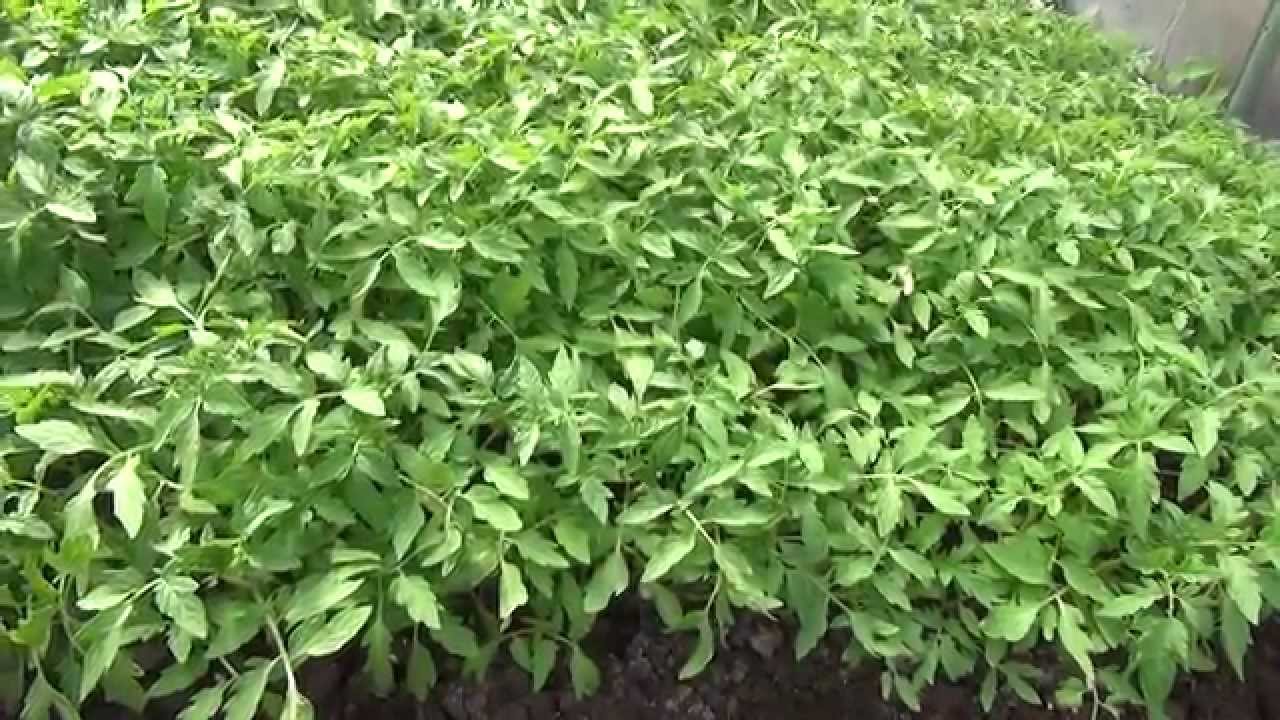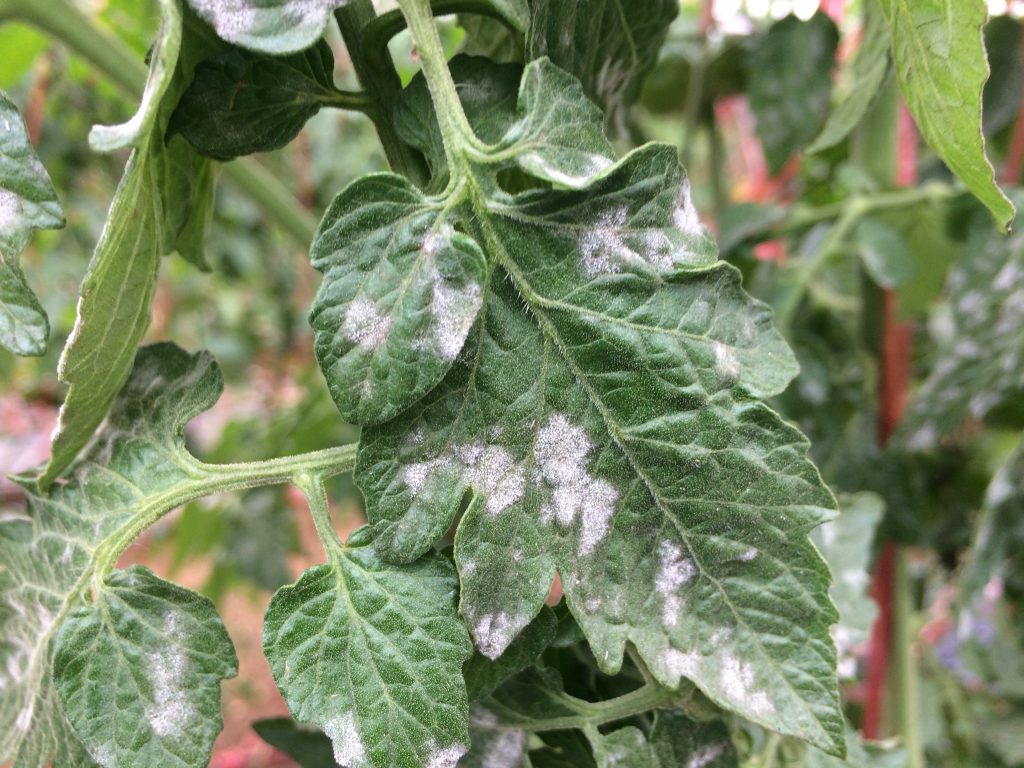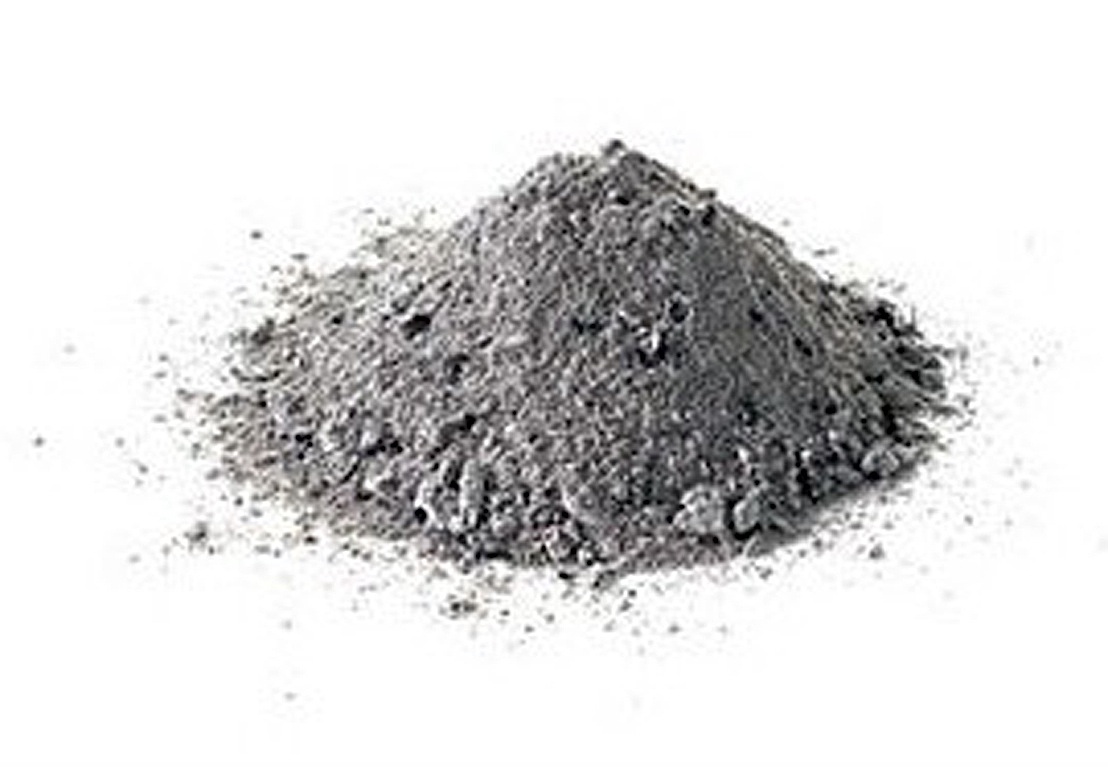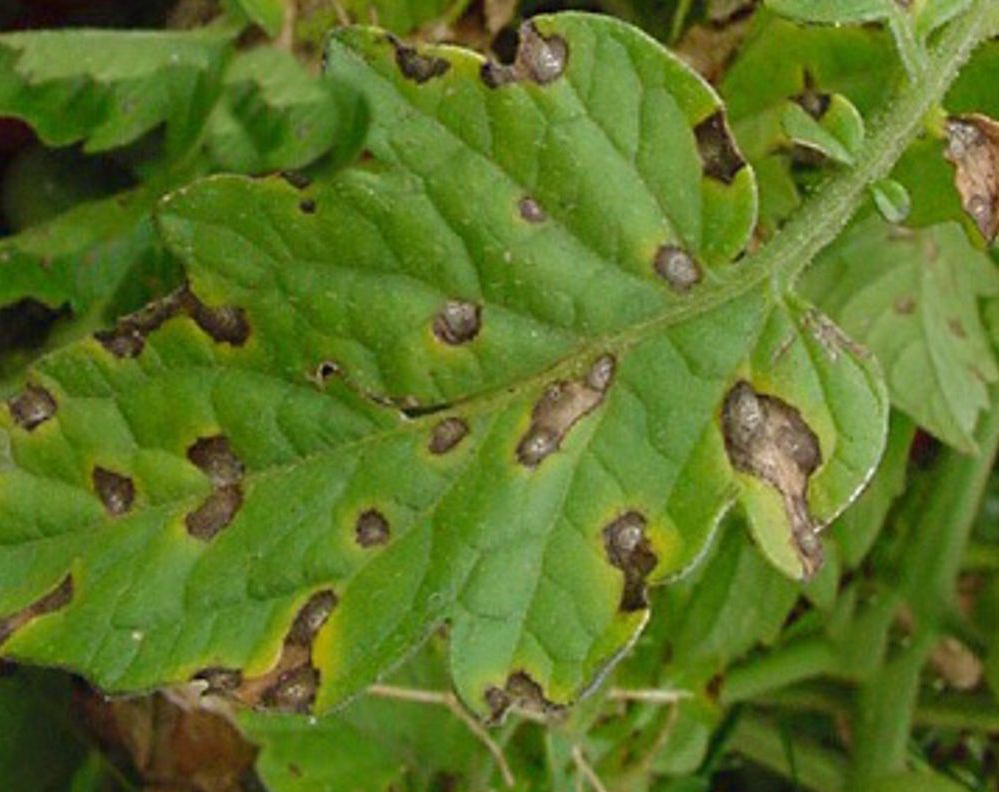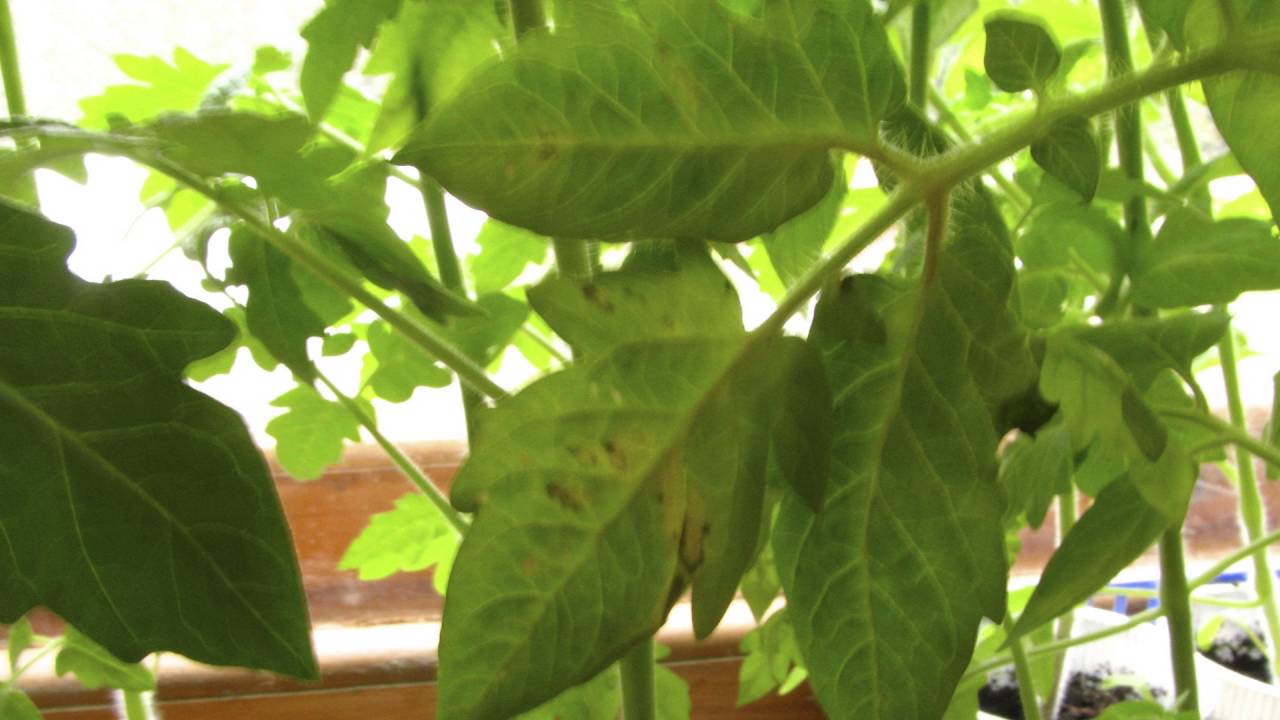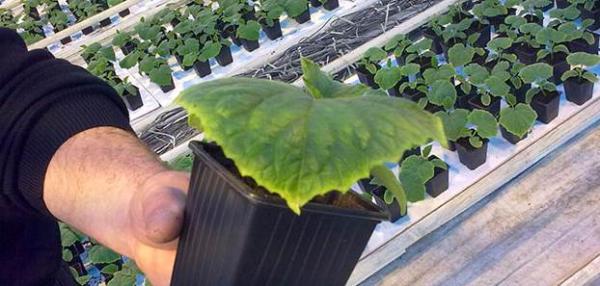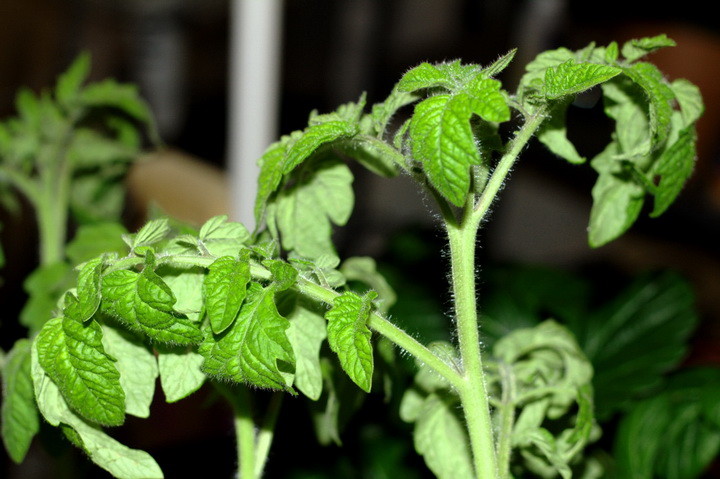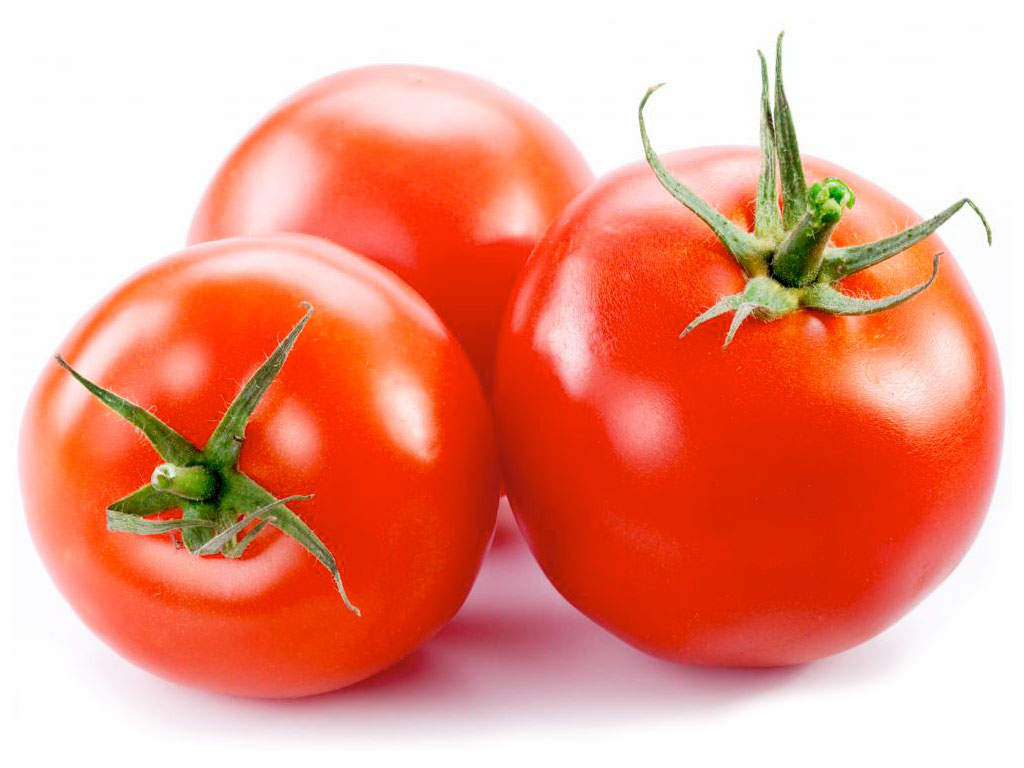Content:
Tomato, or tomato is a vegetable crop from the Solanov family, species - Solanum. There are annual and perennial varieties. The name comes from the Italian pomo dʻoro - "golden apple" and the French tomate. It is possible to grow outdoors, in greenhouses and at home, and even without soil at all. The fruits are distinguished by their bright taste, are saturated with trace elements and vitamins. The stem of a tomato grows from 30 cm to two meters in size.
Classification
Tomato varieties are classified according to the following characteristics:
- Type of use: production, juices, preservation, canteens, etc.
- Fruit ripening period: early, mid-season, late.
- Growth form: determinant (undersized), indeterminate (tall).
Tomato is a thermophilic culture. The optimum temperature for development is + 23-25 degrees; the plant cannot withstand even short-term frosts. At a temperature of -10, pollen will not appear.
The soil for tomatoes should be fertile and loose, saturated with nitrogen, iron, potassium. They are very demanding on light, so the seedlings are often grown under bright fluorescent lamps.
Why tomato leaves turn white
One of the most common problems with tomato seedlings is leaf whitening. The reasons for this can be different. It is worth considering all cases and knowing what to do if the leaves of tomato seedlings turn white in a greenhouse or on the ground.
Sunburn
First of all, white spots on tomatoes in a greenhouse appear in "unprepared" plants. For example, seedlings were grown at home, and when planted in open ground or in a greenhouse, the leaves turned white, although at home the plants could be under the illumination of a sufficiently bright lamp. This situation is associated with ultraviolet radiation. Lamps do not give such radiation, but the sun is in excess.
To avoid this, seedlings must be properly prepared: put on a window or balcony. In this case, increase the time spent in the air gradually.
If the leaves of tomatoes turn white in the greenhouse, you need to remove the damaged leaves. How to reanimate tomatoes after a burn in a greenhouse: they mainly open them in cloudy weather, and in sunny weather - for a short while, and so on until the bush finally adapts. You also need timely ventilation and control of air humidity.
Chemical burns
Whitening of leaves is a consequence of exceeding the permissible dose of a chemical in a water solution. White spots can be large and noticeable, the death of such a leaf is irreversible. To avoid this, you should carefully follow the instructions for use of a particular drug.
Septoria, or white spot
Typical fungal disease in tomatoes. Additional symptoms will help determine it: tomato leaves turn white and dry in the greenhouse, twisting, rapid wilting of the leaves and the whole plant are also observed.
This problem cannot be underestimated; it is required to start immediate treatment at the first sign. In a neglected state, septoria is able to destroy about half of the planted plants.
The development of the disease proceeds as follows: small light spots appear, then these areas darken and increase in size, the entire leaf gradually dies off and falls off. Hot weather with high humidity contributes to the rapid development of the fungus. It spreads very quickly - it can be spread both by insects and animals, and on the gardener's clothes or used equipment. As a result, the contaminated area can quickly increase in size. The incubation period for the development of the fungus is from 7 to 14 days.
The best way to deal with white spot is to prevent the disease through preventive work. The first step is soil preparation. In the fall, you should completely clean out the remains of plants, plow the land deeply. Be sure to get rid of the weeds.
Regular ventilation and disinfection of greenhouses, including frames and coverings, is required. The inventory should also be handled. Do not over-water the plants. Pear trees are the most common carriers of this disease. Therefore, tomatoes are not planted in the immediate vicinity of them.
If the disease is nevertheless discovered, the following measures are taken: the infected plant is isolated and subsequently destroyed. The rest are sprayed with solutions of fungicide preparations. It is better if the agent used contains copper. The use of Bordeaux liquid or similar means is popular.
If the signs of a fungal infection are minor, you can still try to save the bush. It is isolated and not planted back until the signs of the presence of the fungus completely disappear. It is also necessary to spray with fungicides, copper sulfate, cuproscat or other similar substances. Copper kills fungal spores. You should also pour the soil treatment compound in places where the fungus is found.
Fruits with signs of white spot should not be consumed. If tomatoes are harvested from treated bushes, only fruits harvested after at least three weeks are used for food. Seedlings should be purchased only from reliable suppliers.
There are no varieties of tomatoes completely immune to septoria. But some varieties are more resistant: Horeb, Ballada, Golden Fleece and several others.
Other diseases and pests of tomatoes
Whitened tomato leaves are not the only problem that can arise in a greenhouse. Infection with certain types of diseases can occur at any stage: from "birth" to fruiting. Aggravation can also occur during the period when flowers appear. at this point, chemical treatment is no longer recommended.
At such a moment, folk remedies are perfect for maintaining the health of seedlings:
- Onion peel (with the appearance of fungi, late blight);
- Fine quicklime;
- Wood ash;
- Garlic (from fungal diseases);
- Dolomite flour;
- Milk and salt (against late blight).
The main diseases that tomatoes in greenhouses and greenhouses are prone to:
- Late blight. Signs: dark spots on leaves and fruits, twisted and drying leaves. Spraying plants with whey will help prevent fungal infections, as lactic acid inhibits the development of fungal spores well.
- Brown spotting. Signs: increasing yellow spots on the leaves, appear below, on the inside - a velvety bloom. Most often appears during flowering and fruit formation. Plants are immediately treated with Bordeaux mixture.
- Mosaic. The disease is caused by a virus. The plant cannot be treated; it should be immediately isolated and destroyed. Disinfect the soil in its place.
- Cracks in the fruit. They appear when the regime of watering the bushes is violated or when the nutrient solutions are used incorrectly. Be sure to carefully read the instructions for each drug.
- Mold. It is found during the flowering period. Prophylaxis is timely ventilation, disinfection, periodic removal of at least 30 centimeters of soil in the greenhouse, treatment with a solution of zineb suspension or analogues.
Disease Prevention Measures
There are several ways to minimize tomato problems. These include:
- Compliance with crop rotation - do not plant the crop in the same place as in the last season.
- Deep digging of the site before frost;
- The soil should be disinfected with special preparations before planting;
- Treatment of all plants of the site with preparations on a natural basis.
So, knowing what to do if the leaves of the tomatoes in the greenhouse turn white, you can try to save the crop. Tomatoes are considered an easy crop to grow. Nevertheless, they require care, feeding, care from the gardener. You should definitely familiarize yourself with the rules and basic tips for care, then even a beginner in gardening will be lucky to harvest an excellent harvest.
